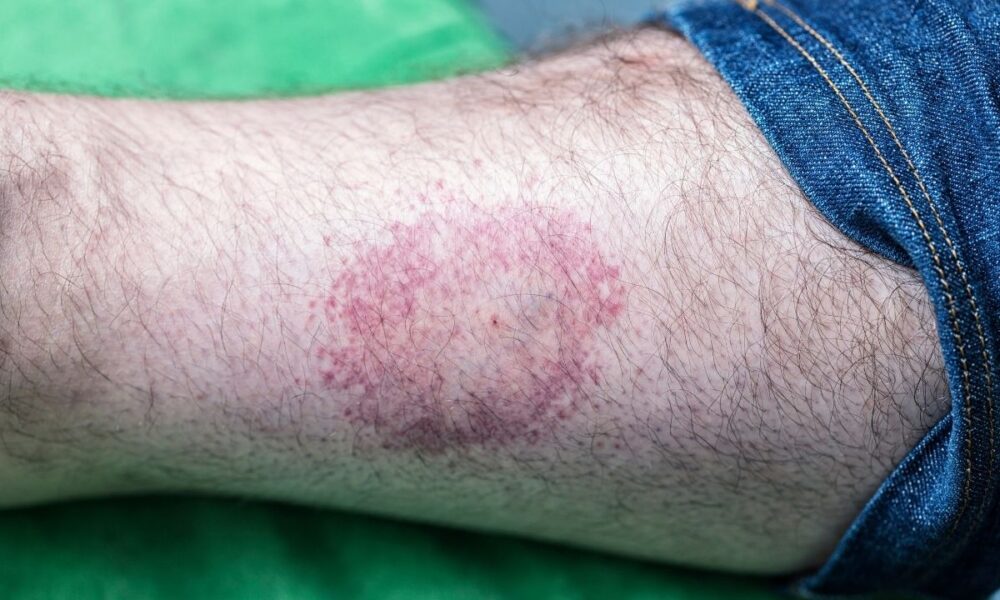The CDC says emergency rooms across the United States are experiencing a near-record-high number of visits due to tick bites.
The government agency says July has already recorded the highest number of ER visits stemming from tick bites since 2017. While the Northeast region has registered the most cases, Texas is also home to the parasitic arachnids, which can harm both humans and animals alike.
There are two types of ticks prevalent in the state, with the risk of bites increasing as temperatures rise. The Lone Star tick is most active in late spring and throughout the summer, while the Gulf Coast tick is active throughout the year.
Young children and older people are particularly vulnerable to bites. Individuals aged 10 and under and those over 70 years old experience the highest rates of emergency room visits.
Ticks can transmit various diseases through their bites, such as Lyme disease. People visiting the ER with tick bites typically report headaches, fever, chills, fatigue, muscle aches, and rashes.
For some, a tick bite can even result in a food allergy. Known as alpha-gal syndrome, it causes those with the condition to become allergic to red meat and other products derived from mammals.
This condition is typically associated with a bite from the Lone Star tick, where the alpha-gal sugar molecule is transmitted to the victim. Unfortunately, the Mayo Clinic states that there is currently no treatment for those with alpha-gal other than avoiding red meat.
The CDC recommends avoiding areas with high grass and leaf litter, as well as not veering off trails when hiking. EPA-registered insect repellents that contain DEET, Picaridin, or other approved ingredients can also help lessen the chance of a bite.
Critically, after being outdoors, especially in areas more prone to ticks, check to see if you have any on your person.
Pete Teel, an entomologist with Texas A&M AgriLife, says if you do find a tick, avoid twisting it. Instead, use tweezers or a tick-removal tool to grab the tick as close to the skin as possible. Pull the tick straight out and clean the area with an alcohol swab or an antiseptic solution after removal.


